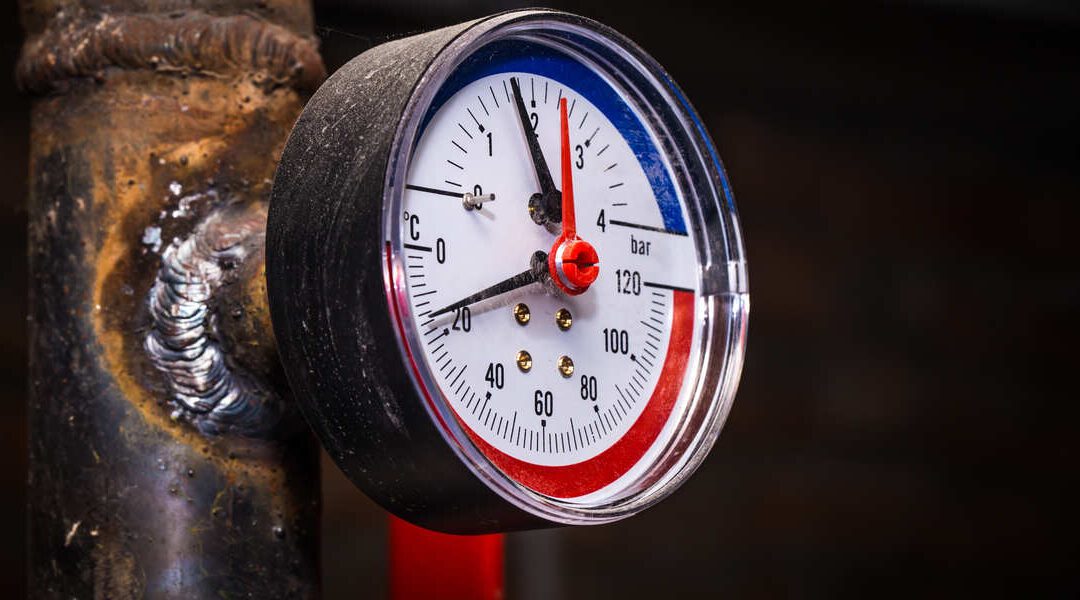Need reliable furnace services to restore your home’s heat? Call SM Mechanical Services at (860) 530-2671.
Imagine: you’ve come home from a long day at work and are ready to take a nice, hot shower. So you turn your shower expecting hot water only to get cold water instead. What could be worse?
Unfortunately, hot water problems and heating issues are all too common signs of a bad furnace pilot light. If your pilot light won’t stay lit, read this guide from the furnace repair experts in Glastonbury at SM Mechanical Services. You’ll thank us for explaining some of the common reasons why pilot lights malfunction and what you can do to get your furnace back on track.
Faulty Thermocouple
Of all the reasons why a pilot light won’t stay lit, faulty thermocouples are one of the most common culprits. This ingenious little gizmo’s job is to pay attention to your pilot light, sensing whether its flame is roaring. It’s one of those super important safety devices you probably take for granted.
Believe it or not, the thermocouple stands between you and a potentially deadly gas leak. Its job is to prevent situations where your gas valve’s leaking gobs of gas without a flame, as this common occurrence can cause health problems and even explosions!
You should check your thermocouple if you’re having any issues. Start by finding your thermocouple; it’s a little copper piece that isn’t too hard to locate.
Next, clean it to remove any dirt, and ensure you line it up properly. If that doesn’t work, get in touch with your local furnace professionals as soon as possible.
Broken Gas Regulator
Any quality gas furnace uses a gas regulator to control gas pressure, keeping your home’s gas appliances working smoothly and without trouble. You can find your gas regulator right outside your home at the head of your gas line; check to see if it’s broken or dirty.
Stove issues, hot water trouble—chances are, your gas regulator’s messing with your pilot light. Bad gas regulators often crimp gas supply, starving your pilot light of the fuel it needs to burn. This issue is one that you can’t readily fix on your own, so ring up your favorite furnace experts for some backup.
Dirt and Debris
Oftentimes, you can tell that there’s a problem with your furnace just by looking at it, especially when it’s diety. Your pilot light should have a radiant, rich blue hue with true vibrancy.
However, it’s fairly common that pilot lights fall short of this ideal, appearing yellow, orange, red, or any combination of these subpar tones. If you notice these colors, or if your light’s dim and flickering, there’s a good chance that dirt or other debris blocking your gas supply.
To fix this issue, turn off your furnace and clean the area surrounding your gas valve. You can use a needle to clear out any gunk from the little hole gas flows from, or you can use a can of compressed air.
Not feeling cleaning? You can purchase a new pilot assembly online or at your local hardware store for around $25 to $50.
Wind
Sometimes it isn’t your furnace’s fault that your pilot light won’t stay lit. It’s not unheard of for strong drafts and powerful winds to put out pilot lights, even without gas issues with the furnace itself. Have you had any strong winds lately, and would they be blowing on your home’s furnace vent?
Even if you tuck away your furnace deep inside your home, outdoor winds can wreak havoc on it, as they sometimes blow enough air through your home’s vents to knock out your pilot light. Keep an eye on your preferred weather app or television station, and see if you start having pilot light issues the next time a storm rolls through town.
You can also call furnace professionals, as they can help you find better furnaces and boilers for your needs.
How Do I Re-Light My Pilot Light?
If you need to re-light your pilot light, you must know what steps and safety precautions you should follow. Here’s a simple plan to get your pilot light working again in no time. While this process can’t fix bad parts, it should get your light back in action if you’ve tested everything.
1. Shut Down Your Thermostat
Nobody wants to get their face burned off working on their furnace. So you should turn off your home’s thermostat and heating supply, preventing the gas valve from opening up while you’re playing around with the pilot light.
2. Adjust the Gas Valve Knob
Next, you’ll want to find your furnace’s gas valve knob. You can usually find it right by the gas burners, and it has a boxy look to it. It should have three settings: on, off, and pilot.
Set the knob to off, and take a few minutes before doing anything else. This waiting period will disperse any lingering gas, preventing accidents and fires from happening.
3. Ready Your Lighter
Once you’re ready, grab your trusty lighter and turn your gas valve knob to the pilot setting. If you don’t have a lighter, you can try taping a match to the end of a skewer. Hold your lighter about an inch away from the pilot light.
4. Press the Gas Button
Press the red gas button to get your unit’s gas flow moving. Don’t let go until you’ve completed the next step.
5. Turn the Valve On
Finally, finish the job by switching your gas valve knob from the pilot setting to on. Once it’s roaring, you can release the gas button.
After completing all these steps, you should have a fixed pilot light.
Glastonbury’s Furnace Experts
SM Mechanical Services is the best furnace service in Glastonbury, CT. If your pilot light won’t stay lit, call our experts for fast, reliable repairs.
We have years of experience helping homeowners repair and replace their gas furnaces or electric furnace. Call us at (860) 530-2671 today!

